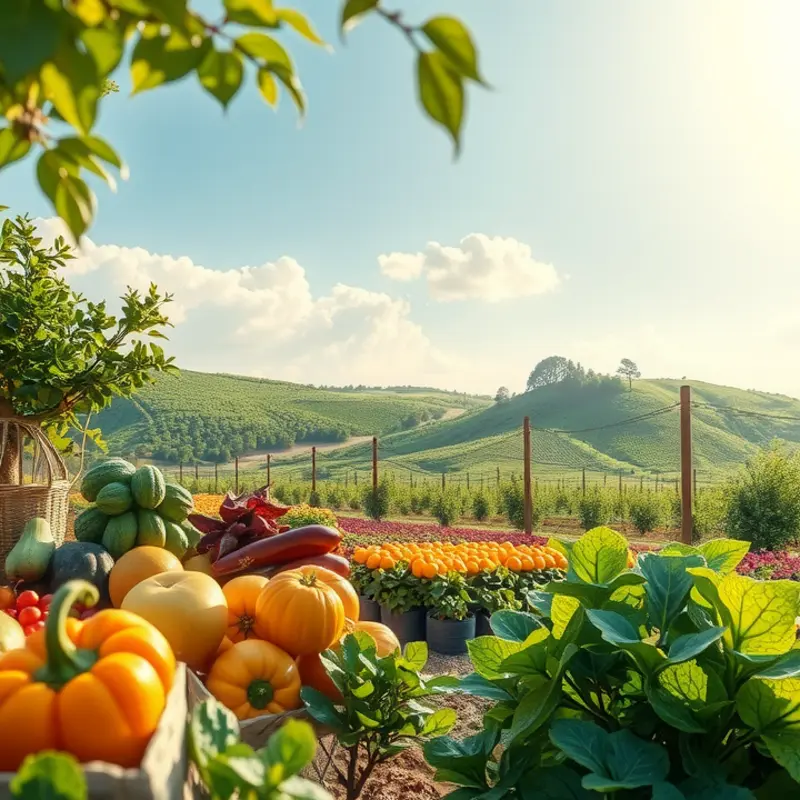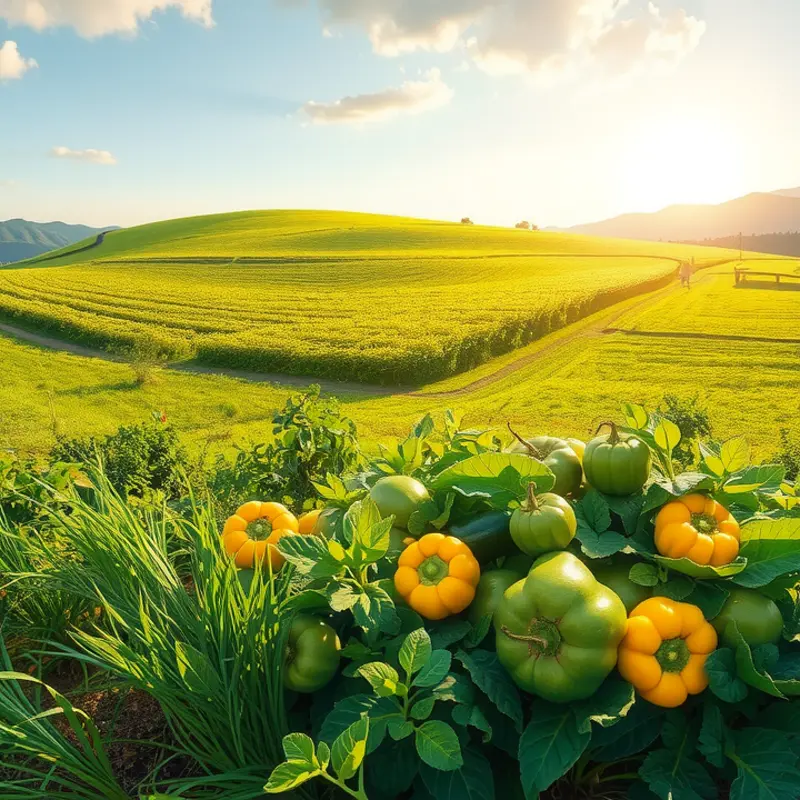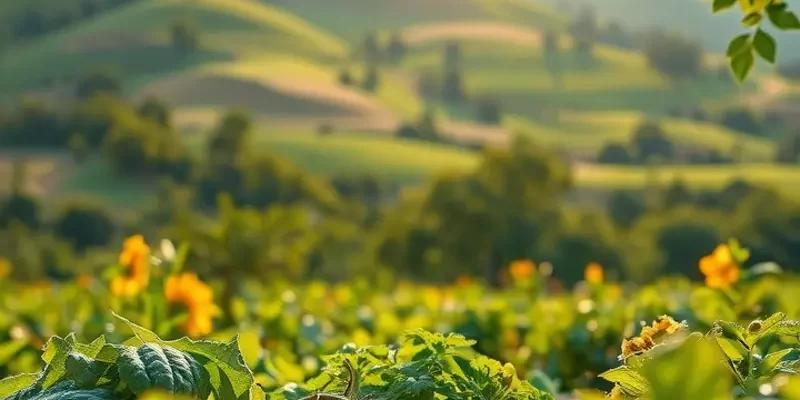Around the globe, Indigenous communities have cultivated unique culinary practices that go beyond mere sustenance. These techniques, deeply rooted in tradition, wisdom, and respect for nature, reflect a profound understanding of local ecosystems. By exploring these methods, food enthusiasts and culturally curious readers can appreciate the stories behind each dish and the sustainable practices that preserve them. From fermentation to foraging, these techniques not only enhance flavor but also uphold a deep connection to the land. Join us on this exploration of sustainable food traditions.
Fermentation: A Living Tradition

Fermentation stands as one of the oldest food preservation techniques, cherished by Indigenous cultures for its ability to transform simple ingredients into culinary masterpieces. At its core, fermentation is a metabolic process where microorganisms—such as bacteria, yeast, or molds—convert sugars into acids, gases, or alcohol. This natural alchemy enhances flavor and texture, rendering a diverse array of preserved foods essential to many traditional diets.
The tangy bite of kimchi, a staple in Korean cuisine, results from lacto-fermentation, where lactic acid bacteria ferment cabbage and other vegetables. This not only extends shelf life but also introduces a spectrum of flavors, making each batch unique. In Japan, miso creation follows a similarly revered process. Combining soybeans with fermenting agents like salt and koji mold produces a paste celebrated for its umami depth and nutritional content.
These foods hold more than just taste; they possess health-promoting properties, acting as natural probiotics that support gut health. Fermentation increases nutrient bioavailability, aids digestion, and can even bolster the immune system. Cultures worldwide recognize these benefits, demonstrated by their inclusion in daily meals.
In addition to supporting health, fermentation embodies principles of sustainability. It requires minimal energy inputs beyond the ingredients themselves and can reduce food waste by prolonging the usability of seasonal produce. Many Indigenous communities have turned to fermentation as a sustainable practice, allowing them to store and enjoy local harvests far beyond their initial season.
The communal aspect of fermentation cannot be understated. Traditionally, these practices were shared among families or villages, with recipes and techniques passed down through generations. This transfer of knowledge not only preserves cultural identity but also fosters a sense of belonging and shared purpose. The act of fermenting together, often celebrating the harvest or marking special occasions, cements social ties and reinforces communal bonds.
In modern kitchens, embracing fermentation can be a simple yet impactful way to connect with ancestral wisdom and sustainable practices. Many ingredients are suitable for home fermentation, from vegetables and grains to dairy substitutes. Those interested can explore further by visiting this guide on non-dairy probiotics, which offers insights into plant-based fermentation options.
Fermentation’s value today transcends its practical benefits. It serves as a living testament to cultural resilience and an enduring method of crafting food that articulates identity, heritage, and innovation across generations. This ritual of transformation continues to thrive, thanks in part to its adaptability and profound significance in sustaining food cultures worldwide.
Foraging: Connecting to the Earth

Foraging is a timeless practice that transcends cultures and geographies, bringing individuals closer to nature. This ancient art involves searching for and collecting wild plants, herbs, and mushrooms, providing a direct connection to the land. Indigenous communities worldwide have long utilized foraging as an essential means of sustenance and cultural preservation.
In many Native American communities, foraging is more than a skill; it is a sacred tradition. The practices are embedded with respect for the ecosystem, ensuring every harvest is sustainable. Gathering wild berries, such as blueberries and cranberries, not only offers fresh ingredients but also maintains a balance with the environment. Similarly, the Aboriginal Australians have honed their foraging skills over millennia, identifying bush tucker like quandong and bush tomatoes as essential food sources.
The success of foraging lies in the deep understanding of biodiversity. Recognizing each plant’s seasonality is crucial, as it ensures that harvests are both fruitful and sustainable. Foragers must be able to distinguish between edible and inedible species, a skill that requires knowledge passed through generations. This understanding preserves food varieties and respects the earth’s natural cycles.
Encouraging individuals to engage in foraging fosters a culture of sustainability and mindful eating. Learning to forage responsibly involves taking only what is needed and ensuring plants have the chance to regenerate. This practice naturally aligns with principles of low waste, contributing significantly to an eco-friendly lifestyle. To explore further ways to incorporate sustainable practices into daily life, consider reading about eco-smart kitchen storage.
Foraging enriches one’s diet with a variety of flavors. The diversity of wild edibles can introduce unique tastes to meals that commercially grown produce cannot match. These ingredients often come with high nutritional benefits, enhancing health naturally. Importantly, incorporating wild foods sustains cultural narratives, linking present generations with their ancestry. Traditional stories and rituals related to picking and preparing these foods deepen the connection to heritage.
A critical aspect in modern foraging is its alignment with sustainable practices. Respecting the land requires adhering to local guidelines and conservation efforts to prevent overharvesting. Empowering communities through education on sustainable foraging practices can safeguard these precious resources for future generations.
Foraging represents more than a means to procure food; it is a holistic approach to living harmoniously with nature. By understanding and implementing these traditional techniques, individuals can savor the nourishment provided by the land while preserving its integrity for those yet to come.
Final words
Indigenous preservation techniques offer food enthusiasts a pathway to explore the rich tapestry of global culinary traditions. By engaging with methods like fermentation and foraging, we gain insight into the sustainable practices that not only enhance flavors but also honor cultural heritage and connections to nature. These techniques remind us of the importance of respecting the ingredients and traditions that shape our food. As we continue to seek new culinary experiences, let us embrace these time-honored methods that respect the earth and enrich our tables.








